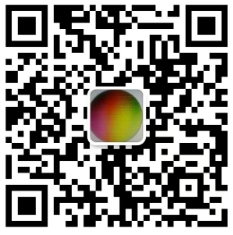Developing applications for Resistance Temperature Detectors (RTDs) like the CFR-25JB-52-130K involves several key technologies and methodologies. RTDs are widely used for temperature measurement due to their accuracy, stability, and linearity. Here’s an overview of the key technologies involved in RTD application development, along with some success stories.
| 1. Sensor Design and Materials | |
| 2. Signal Conditioning | |
| 3. Calibration and Compensation | |
| 4. Data Acquisition Systems | |
| 5. User Interface Development | |
| 6. Integration with IoT | |
| 1. Industrial Automation | |
| 2. HVAC Systems | |
| 3. Food and Beverage Industry | |
| 4. Medical Devices | |
| 5. Research and Development |
The development of applications using RTDs like the CFR-25JB-52-130K involves a combination of advanced sensor technology, signal processing, data acquisition, and integration with modern computing technologies. Success stories across various industries highlight the versatility and importance of RTDs in achieving precise temperature control and monitoring, leading to improved efficiency, safety, and product quality. As industries continue to evolve, the role of RTDs in temperature measurement and control will remain vital, driving innovation and enhancing operational performance.
Developing applications for Resistance Temperature Detectors (RTDs) like the CFR-25JB-52-130K involves several key technologies and methodologies. RTDs are widely used for temperature measurement due to their accuracy, stability, and linearity. Here’s an overview of the key technologies involved in RTD application development, along with some success stories.
| 1. Sensor Design and Materials | |
| 2. Signal Conditioning | |
| 3. Calibration and Compensation | |
| 4. Data Acquisition Systems | |
| 5. User Interface Development | |
| 6. Integration with IoT | |
| 1. Industrial Automation | |
| 2. HVAC Systems | |
| 3. Food and Beverage Industry | |
| 4. Medical Devices | |
| 5. Research and Development |
The development of applications using RTDs like the CFR-25JB-52-130K involves a combination of advanced sensor technology, signal processing, data acquisition, and integration with modern computing technologies. Success stories across various industries highlight the versatility and importance of RTDs in achieving precise temperature control and monitoring, leading to improved efficiency, safety, and product quality. As industries continue to evolve, the role of RTDs in temperature measurement and control will remain vital, driving innovation and enhancing operational performance.










